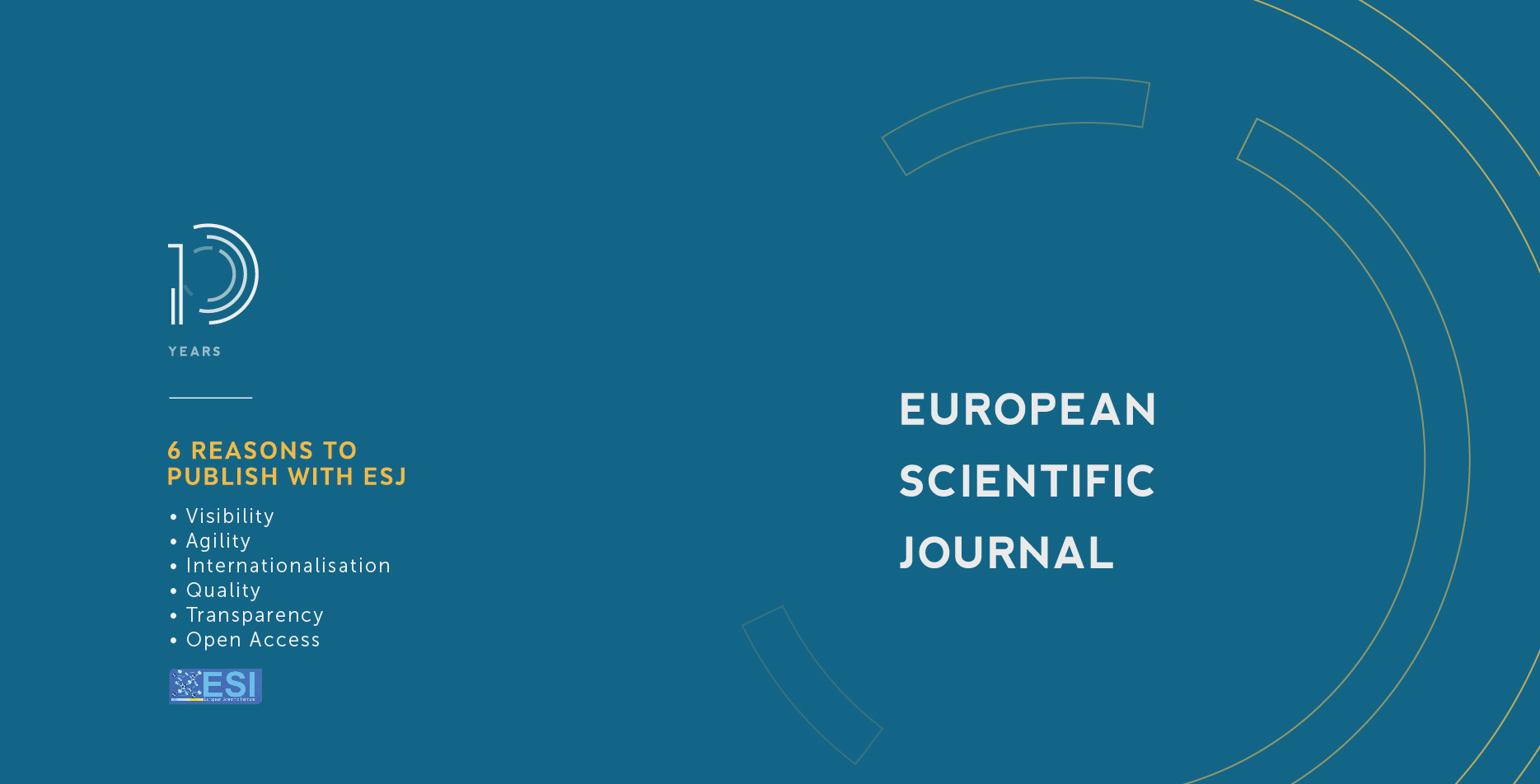Ethnic Nationalists Abuse of Media: Lessons of Yugoslavia and Rwanda for Ethiopia
Abstract
This article tried to assess the role of media in the former Yugoslavia inter-ethnic conflict, the 1994 Rwanda’s genocide, and Ethiopia’s recent interethnic conflict trends comparatively. It also addresses lessons Ethiopia can learn from the former Yugoslavia and the 1994 Rwanda. It is mainly a qualitative study. For the analysis, semi-systematic literature review, frame analysis, and discourse analysis are used. Six ethnic-based media from Amhara, Oromo, and Tigre ethnic groups of Ethiopia were taken as a sample of the study. The finding shows that victimization frames, ethnic injustice frames, moral superiority frames, anti-hero frames, ‘enemy within’ frames, and self-defense frames are the dominant crisis frames of the media, which created fear, sense of a clear and present danger and mobilized violent action in both Yugoslavia and Rwanda. This article reveals that these crisis frames are also framed by all selected ethnic based media in current Ethiopia; to the extent of the potential consequence as the same result as both Yugoslavia and Rwanda. Additionally, Yugoslavia and Rwanda media played the role of instigating and flaring conflict and genocide respectively. Similarly, the current manifestations and trends of Ethiopia’s ethnic-based media are following the path which Yugoslavia and Rwanda media has passed. Regional state/public media and specific ‘ethnic group’ based private/commercial Ethiopian media are abused by ‘extreme ethnic nationalists’. Based on these comparative analyses, the study identified major lessons from Yugoslavia and Rwanda which will help Ethiopia to take timely measures. Thus, structured, content-specific, aggressive and proactive interventions on ethnic-based Ethiopian media are highly needed.
Downloads
Metrics
PlumX Statistics
Copyright (c) 2020 Ayele Anawetie Gessese

This work is licensed under a Creative Commons Attribution-NonCommercial-NoDerivatives 4.0 International License.








